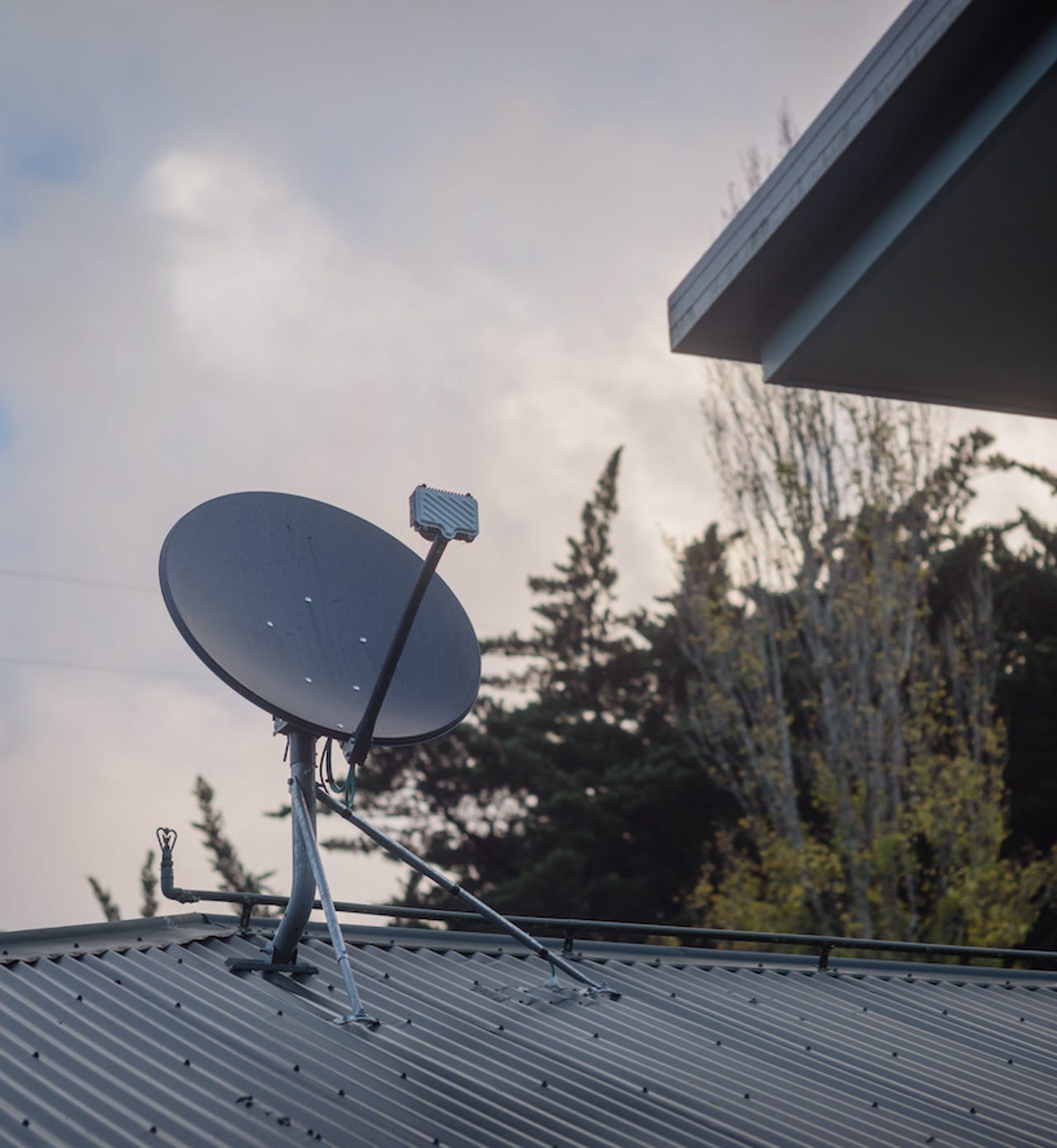NBN extends fixed-wireless, satellite partnerships with Ericsson


Ericsson has announced extending its deals to continue delivering Australia's National Broadband Network (NBN) satellite and fixed-wireless managed services until the rollout completes in 2020.
Under the agreement, Ericsson will continue providing fixed-wireless network operations, satellite ground systems operations, and end-user connections and "assurance".
Satellite and fixed-wireless serve the most remote 8 percent of the Australian population where it has been considered uneconomical to roll out fixed-line broadband.
Ericsson signed its initial wireless agreement with NBN back in mid-2011, which was then extended in 2014 to fixed-wireless when the Coalition adopted the multi-technology mix upon being elected a year prior.
NetComm Wireless CTO Steve Collins told ZDNet earlier this year that Ericsson had asked his company to collaborate on a bid for NBN's layer 2 wireless tender after seeing NetComm's work with long-time network partner Telstra.
NBN's request for a layer 2 wireless network came at a time when wireless networks were all layer 3 internet protocol, Collins added.
"Ericsson worked out how to do the base station piece, but they needed a company who could design a brand new device, a thing called a CPE [customer premises equipment] or a WNTD [wireless network terminating device], that would connect to the network wirelessly but then provide this layer 2 tunnel through the whole network," he told ZDNet.
"We sat down with Ericsson and came up with a whole new architecture for how to do this layer 2 tunnel wireless network that people just call fixed-wireless now -- but it had never been done before."
The fixed-wireless network will next year launch a 100/40Mbps product, and has also been shown to be capable of speeds of up to 1Gbps when utilising a combination of carrier aggregation, fibre backhaul, multiple-input multiple-output (MIMO), and quadrature amplitude modulation (QAM) technology.
At the same time as scoring the fixed-wireless contract in 2014, Ericsson was also signed to manage NBN's satellite services.
"NBN contracts Ericsson to manage their fixed-wireless and satellite networks. This includes day-to-day monitoring of the networks from the Ericsson Network Operations Centre in Sydney, field service staff to change faulty network hardware, and also home installations," ViaSat Asia-Pacific VP Peter Girvan told ZDNet in June.
"ViaSat provides higher-level technical support to Ericsson on more difficult, highly technical network issues. ViaSat also provides replacement hardware. In general terms, Ericsson acting as NBN monitors and maintains the network on a day-to-day basis, with escalation of difficult system problems to ViaSat for resolution."
Both the fixed-wireless and satellite networks have come under fire recently, with retailer Aussie Broadband on Monday calling for a stop-sell on the former network while NBN repairs congestion issues.
NBN last week spent AU$4 million on mobile broadband spectrum in order to improve its fixed-wireless network, involving AU$2.1 million on 3.5MHz in the 3.4GHz band in Hobart and Launceston; AU$1.6 million on 35MHz in the 2.3GHz band in Cameron Corner and Geraldton/Kalgoorlie; and AU$326,000 on 98MHz in the 2.3GHz band in Delamere.
Meanwhile, NBN CEO Bill Morrow has told ZDNet the company is looking into the utilisation of satellites with 1Tbps capacity as consumer demand for bandwidth increases.
"We know that there are terabit-per-second-capability satellites that are being built and planned to be deployed in a similar geostationary orbit path as what we have for our satellites, so we try to examine at what point would we think that consumer demand would be necessary to justify deploying those other satellites," Morrow told ZDNet last month.
"There's been no decision to go forward, but we watch it closely."
In August, Morrow had additionally told ZDNet that NBN is looking into deploying a third satellite, piggybacking off existing satellites, building out additional fixed-wireless towers in order to relieve congestion, and improving the tech on its existing two satellites.
Related NBN Coverage
NBN should pause fixed-wireless sales to fix congestion: Aussie Broadband
Much like NBN's HFC pause, Aussie Broadband has said the fixed-wireless rollout could be halted in order to repair congestion among towers in certain areas.
ACCC kicks off NBN wholesale service levels inquiry
The ACCC is seeking feedback on whether NBN's current negotiated wholesale service levels provide incentives for improving customer experience and repairing faults.
Optus hauled to court over allegations of misleading NBN HFC customers
Optus misled customers by giving them a shorter timeframe to migrate to NBN services than contractually allowed, the ACCC has alleged, and by implying that they could only buy NBN services from Optus.
Telstra spends AU$72m on mobile broadband spectrum
Telstra has spent AU$72.5 million on mobile broadband spectrum, including more than AU$55 million in Brisbane alone, while NBN, TPG, Vodafone, and Optus also purchased additional spectrum during the auction.